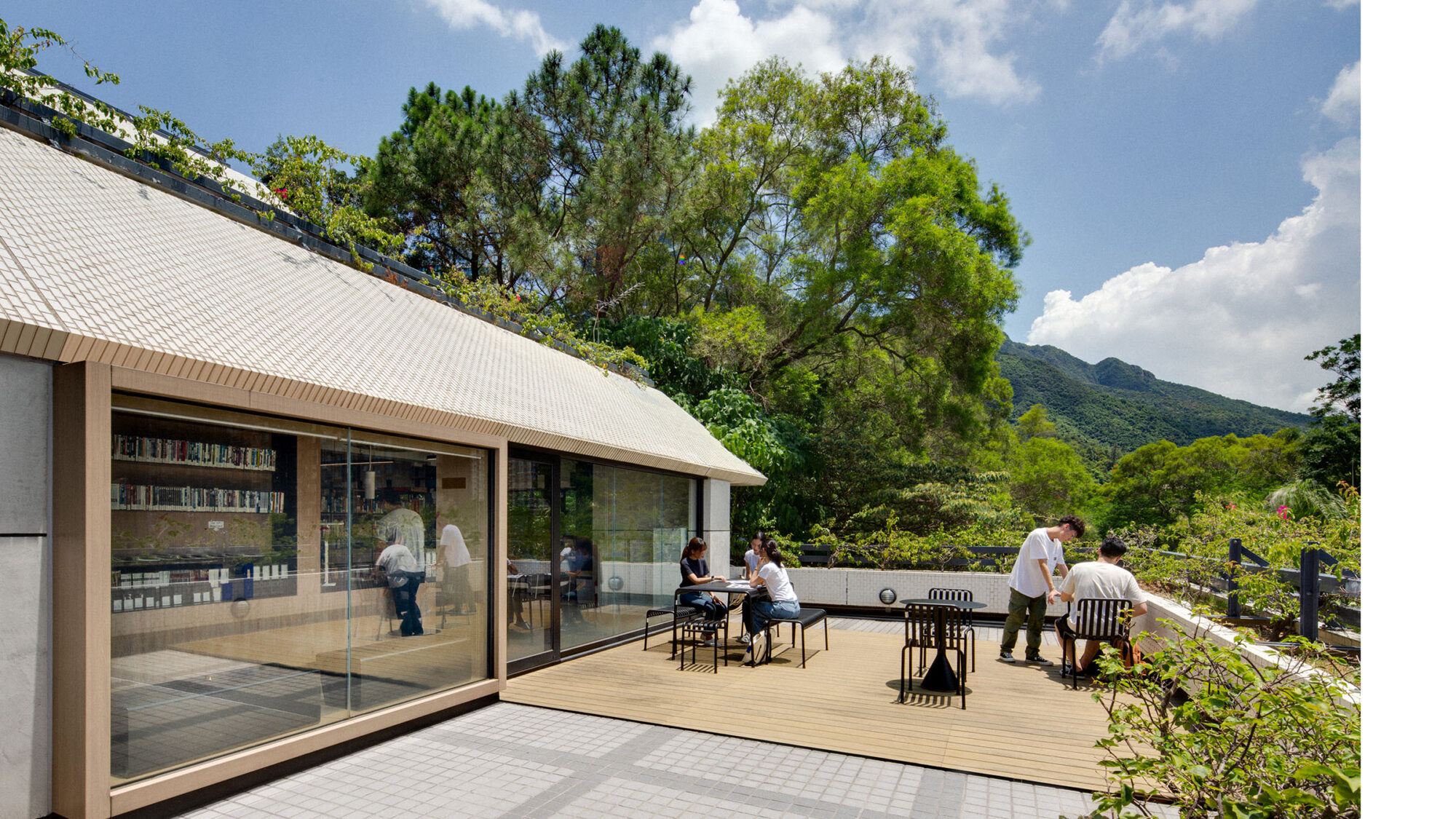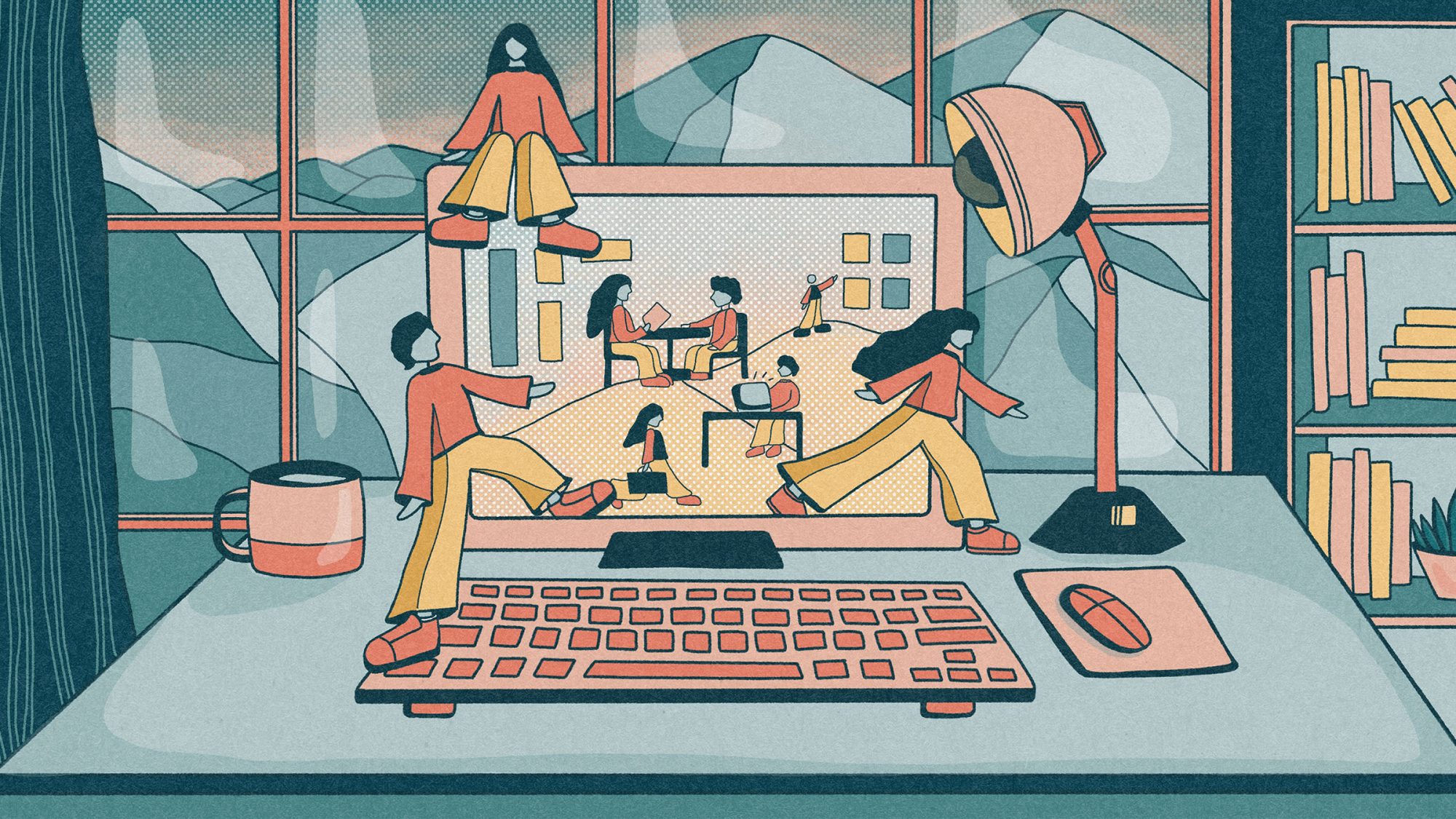









 Illustration by Emily Wolfe @wemolt
Illustration by Emily Wolfe @wemolt
The pandemic has changed the workplace forever. We collaborated with PwC on research to help organisations make a flexible workplace after Covid-19.
The following extract is taken from our recently published white paper. Read the full PDF here.

The forced global experiment of remote working that has been brought on by COVID-19 and has turned the world of corporate real estate on its head.
New skills and capabilities have been uncovered so perspectives of the physical workplace have also changed. Above all, these things have made us question whether we need the physical office space to work.
Organisations need to know what to do next and how to create a flexible workplace for their best advantage. In short, the answer lies not just in taking away but reorganising what’s left.
Firstly, businesses need to understand how to measure and invest in the right aspects to make their workplace more flexible.
Rethinking the future workplace whether you’re starting to rethink your real estate footprint or already making changes means there will now be a path to navigating uncertainty.

Firstly, ask yourself why you are re-evaluating your real estate? This will help identify how much, what type of space you need and where it should be to make it a flexible workplace. It’s tempting to think you can become more efficient by driving more work remotely but you need to know how this will impact your long-term goals. Consequently if you don’t, you might only see a short-term benefit.
You need a clear top-down vision and bottom-up understanding. Indeed, this will help define the size and composition of the workplace you need. Your overall vision should include employee workstyles, needs and motivations which is the basis of behaviour-based design.
Behaviour-based design takes in physical, social and digital touchpoints. These, in turn, translate into design strategies that influence performance, company culture, and workplace wellbeing. Markedly, these strategies will also enable workplaces to be more flexible.

As multiple work locations become more normal, you need efficient enabling technology to connect physical and virtual workplaces.
Cloud-based real-time collaboration tools are a good way of bridging the gap in virtual communications and interaction. Also, moving your onsite servers to the cloud brings a seamless experience, wherever people may be working.
Thoughtful connected systems can help you manage and tailor your portfolio. Seat reservation systems are a good way to help teams book space and see each other face to face when they need to. Changing the way people think about space and backing this up with supporting technology will therefore mean there is less of the chance that offices will be underused and overused.
Indeed, building community with a positive and inclusive culture is particularly challenging in the current climate. But it’s also a chance to push the limits of technology to create flexible workplaces. Custom-built workplace applications can create a vital social link between office and remote workplaces. It’s a way for teams to measure progress, understand achievement and plot a way forward.
M Moser continually tinkers with its office, seeking new ways to support its staff and offer a ‘proof of concept’ to visiting clients
The New York TimesThe old ways of using corporate real estate metrics are inevitably going to have to change post-COVID. We need a new model with metrics and key performance indicators to measure effectiveness, flexibility and resilience. These will significantly influence the effectiveness of a flexible workplace.
A balanced approach with metrics covering workforce, workplace, and real estate is the best option which will include:
Working out how often people need to come into the office versus how often they actually do.
Looking at the entire space as a place to get work done, with fewer people in the office at any given time.
Moving away from personal desk space to conference rooms, break rooms and collaborative spaces.
How consistent are technology and digital tools inside and outside of an office and how do they cope with disruption?
If every second seat needs to be empty, how many people can be accommodated while keeping to the specified distance?
In conclusion, workplaces aren’t just physical locations for work anymore. People need flexible workplaces, combining a variety of roles with different spaces providing choice and opportunity.
By focusing on people and how they need to do their jobs, the physical office will evolve, transform and continue to play an important role in company culture. Therefore it will still has a place in fostering a collective sense of purpose and helping staff meet their full potential.
Group Director
Director, Workplace Strategy